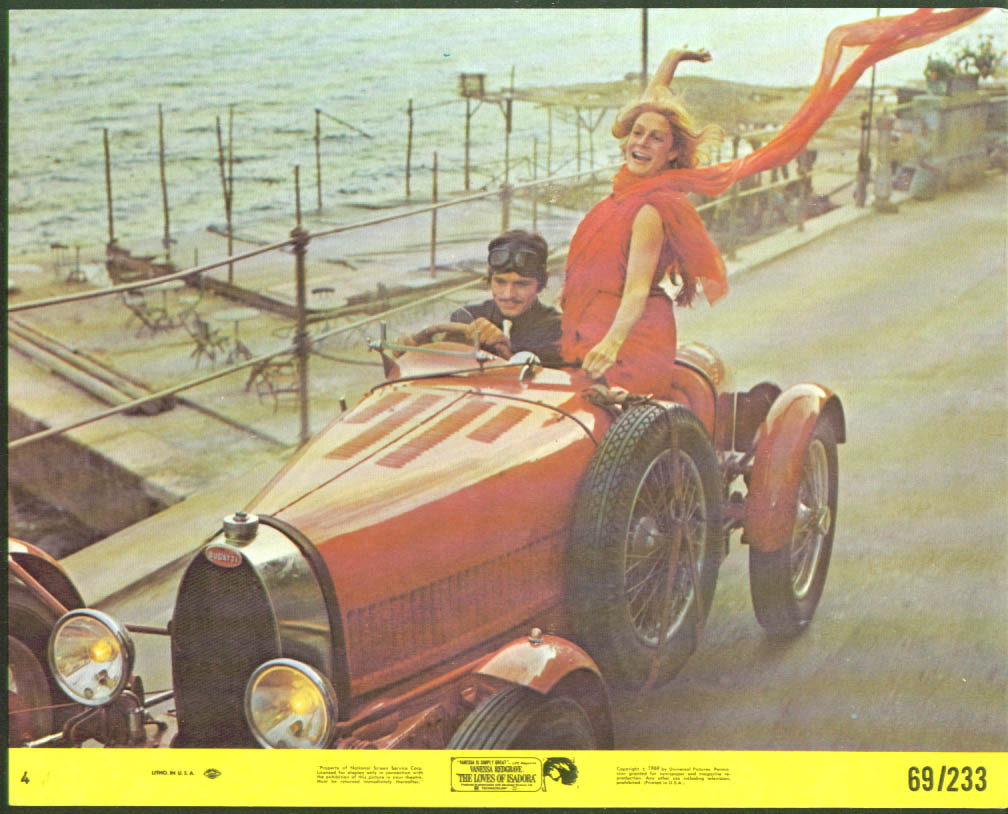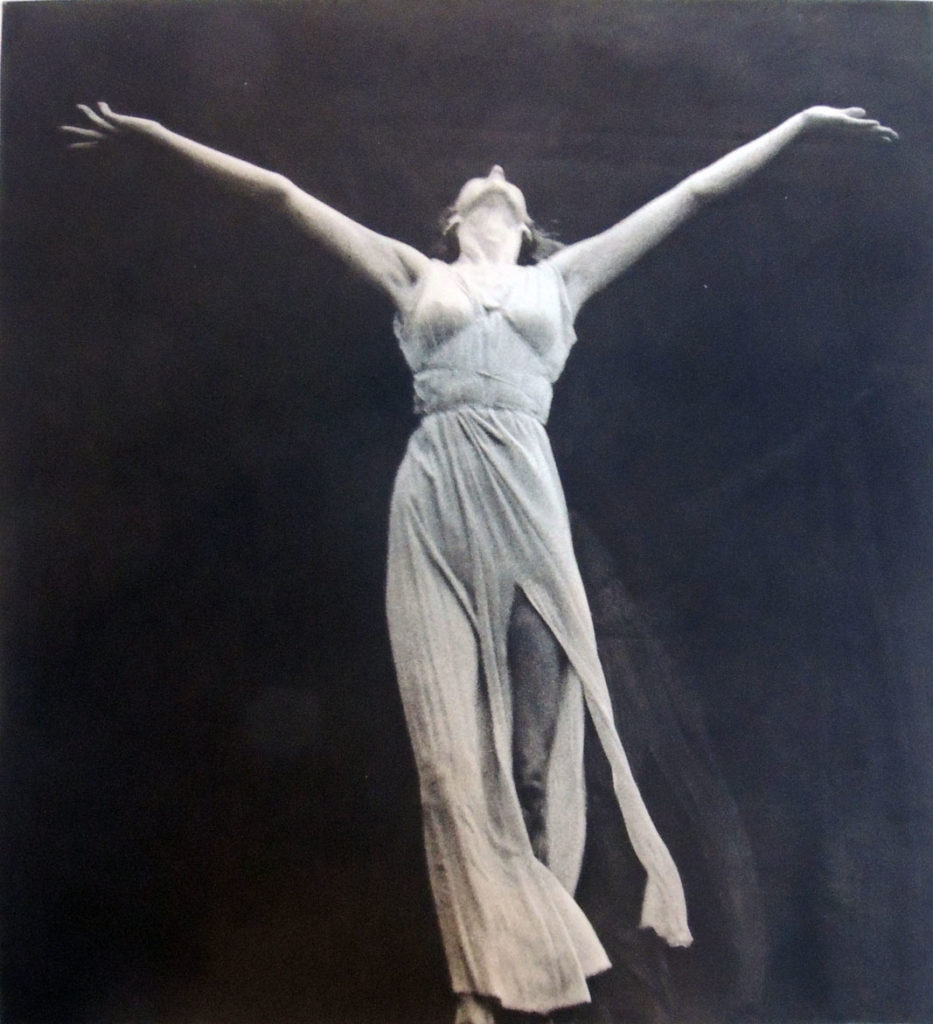

By 1903, William Randolph Hearst had built the Greek Theater at UC, Berkeley, which became the venue for University sponsored performances and pageants in Greco-Roman style. Revivals of Greek Architecture were erected on campuses and as state capitals. Dance historian Ann Daly notes that “The Greeks had rendered nature into art, and conversely, art into nature.” Locally, the University of California had been established, ‘across the Bay’ in Berkeley in 1868 by scholars “Classic,” used in this way refers to an enlightened return to a Greek aesthetic, not a reference to ballet. Isadora was an exponent of an early 20th century aesthetic following the English and German classic tradition in art and architecture. Remarks in Done into Dance: Isadora Duncan in America, she “mythologized herself, because she longed to be noticed and remembered.” In spite of her worshippers and her detractors, her contribution to dance and the image of ‘the dancing body’ is extraordinary. She provided some of the exaggeration in her own memoir, My Life, a book written when she was in distressed financial straits. Many are exaggerated, projecting a romantic picture of a dynamic lady whose life is the basis of gossip, novels, film and a somewhat distorted reputation. Nevertheless, generations of Berkeley girls, in Greek tunics, danced at the Temple. Ligoa Duncan, Isadora’s niece says that her father, Raymond, only “played hopscotch” with Treadwell.

There are reports that two of Isadora’s students did.

The Quitzows, Treadwell’s daughter Sulgwynn and son-in-law Charles, taught their version of the “new dance” that Isadora prophesied, although Isadora never danced at the Temple. Charles Boynton (née Florence Treadwell), with architect Bernard Maybeck built the Temple of the Wings in Berkeley in 1911. Local dancers have followed her style, attracted to the turn of the century popular aesthetic that recalled ancient Grecian tenets. Yet her accomplishments and acclaim made her a California heroine. When she was eighteen years old, she left the area with her mother in 1895, returning to perform in San Francisco only in 1917, well after her great European successes. Isadora Duncan was born in San Francisco, lived in Oakland, danced within her own home, at the family school, in her backyard barn, in some early vaudeville, and perhaps, in 1890, at the First Unitarian Church, Oakland.


 0 kommentar(er)
0 kommentar(er)
